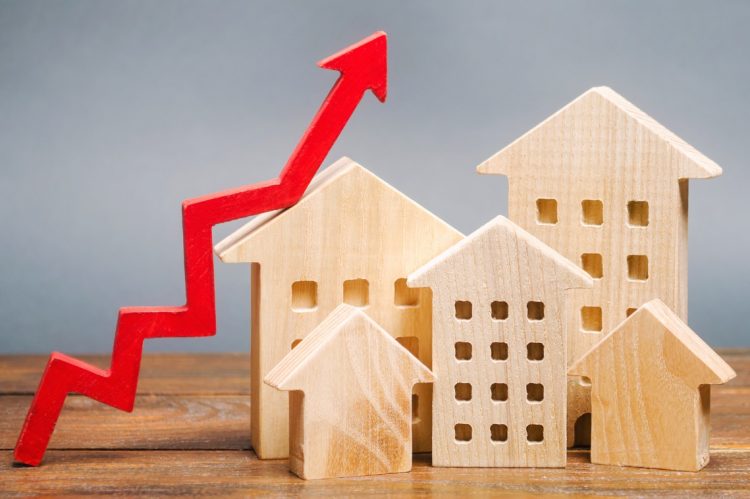The 30-year fixed-rate mortgage (FRM) surged this week to its highest level in more than 20 years, averaging 7.09%, which is also a fourth-straight week of rate hikes, according to the latest Primary Mortgage Market Survey® (PMMS®) from Freddie Mac released Thursday.
Mortgage Rates Surge Over 7% to 21-Year High
Elevate Your Buyer Consultations with Client One Sheets
Treat buyer counseling sessions with the same importance as a listing presentation. Learn to highlight what differentiates you from other buyer agents with the Accredited Buyer’s Representative (ABR®) designation. Learn more.
Business Tip of the Day provided by
Categories
The Most Important Real Estate News & Events
Click below to receive the latest real estate news and events directly to your inbox.
By signing up, you agree to our TOS and Privacy Policy.













